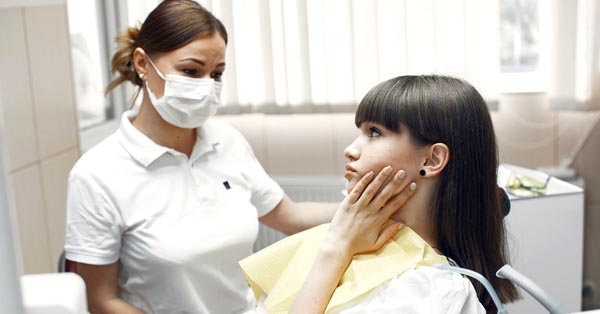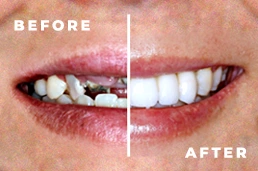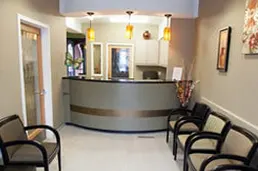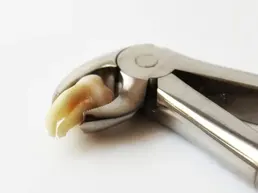How to Handle the Most Common Dental Emergencies En Route to Our Office
Nothing can send you to the dentist faster than a dental emergency. But what is a dental emergency, and what should you do leading up to your appointment?
Our team at The Dental Touch in Oakland, California, offers these general guidelines to help you understand what constitutes a dental emergency and what you should do before your visit.
Recognizing a dental emergency
It's easy to assume that a dental emergency is something obvious, like sustaining trauma to your mouth. However, several issues can require urgent attention, such as:
- Significant or severe pain
- Painful or swollen gums
- Pain in a tooth, several teeth, or your jaw bone
- Bleeding in your mouth that won't stop
- A broken, cracked, or knocked-out tooth
- Treatment after oral surgery
- Abnormal tissue in your mouth
Examples of dental nonemergencies include routine dental exams, X-rays, and cosmetic treatments, like teeth whitening.
We recommend contacting our office to describe your symptoms so we can make a personalized recommendation and schedule an appointment. If you sustain trauma to your face or mouth - like a dislocated jaw, fracture, or have excessive bleeding that won't stop - you should seek emergency medical attention immediately.
Now what?
After calling your dentist, we recommend taking several steps while getting ready for your appointment:
Cracked tooth
Rinse your mouth with warm water immediately and put a cold compress against your face to reduce any swelling.
Knocked-out tooth
If you lost a permanent tooth, keep it moist by placing it in your mouth, tucked between your cheek and gums. Or put it in a small container of milk. You can also try placing it back in its socket.
Toothaches
Gently clean your mouth with warm water and carefully floss to remove any debris. Avoid putting aspirin on teeth or gum tissue.
Bites or cuts
When you bite your lip or tongue, gently clean the area with warm water before applying a cold compress.
Stuck objects
If you have something lodged in your mouth that doesn't come out with brushing or flossing, don't try using anything sharp or pointy to do the trick. Taking this step can easily lead to pain or infection or cause tissue or enamel damage.
Sensitivity
Don't ignore increased tooth sensitivity to hot and cold temperatures; it could indicate decay, a loose filling, or receding gums. Instead, try using a soft toothbrush in an up-and-down motion and toothpaste made for sensitive teeth while waiting for your appointment.
Treating dental emergencies
Once you arrive, our team can work closely to resolve your dental issue. First, we perform a comprehensive exam and then recommend the best course of treatment. These solutions vary, depending on your dental emergency, but might include:
- Veneers: for small cracks or breaks
- Root canals: to treat infected tooth roots
- Pinhole surgery: to address gum disease
- Dental implants: to replace missing teeth
Our team also understands that dental work, whether routine or emergency care, can create anxiety for many people. That's why we have oral conscious sedation to help keep you comfortable during your visit.
Don't ignore a dental emergency; contact our office by calling 510-328-7799 or by requesting an appointment online today.

















